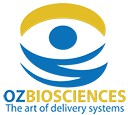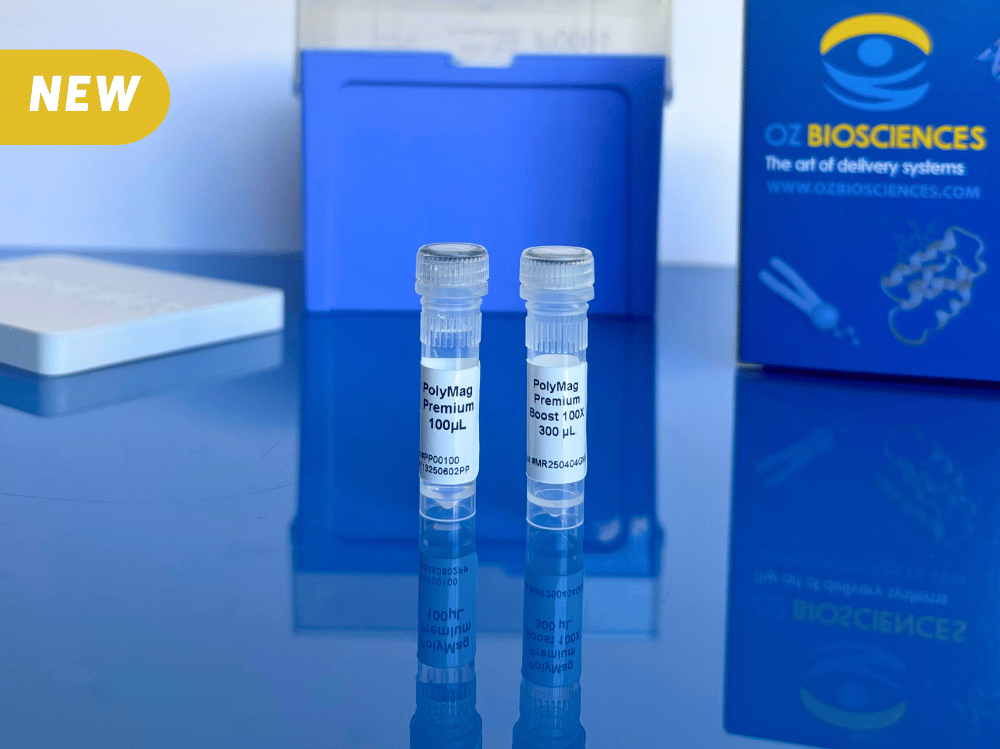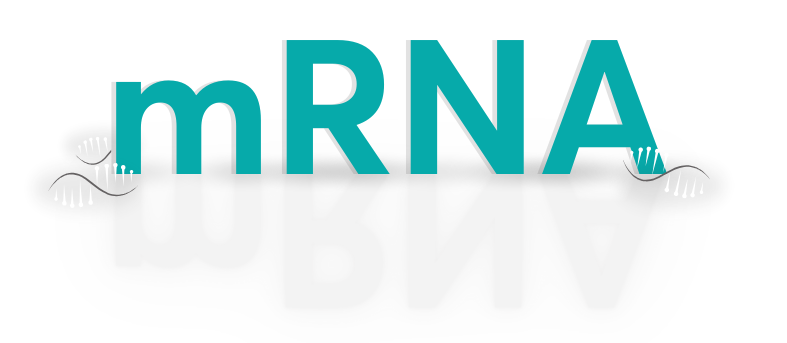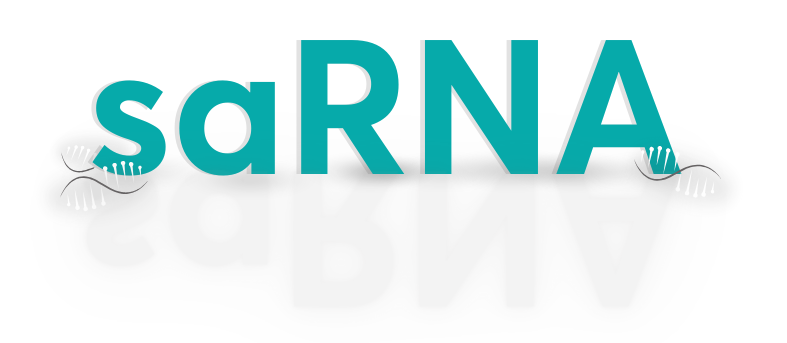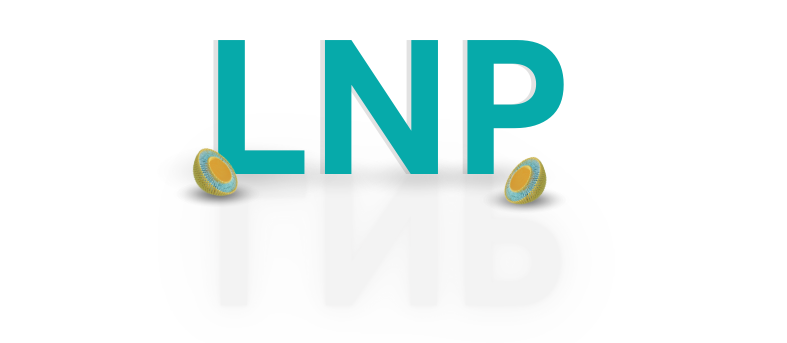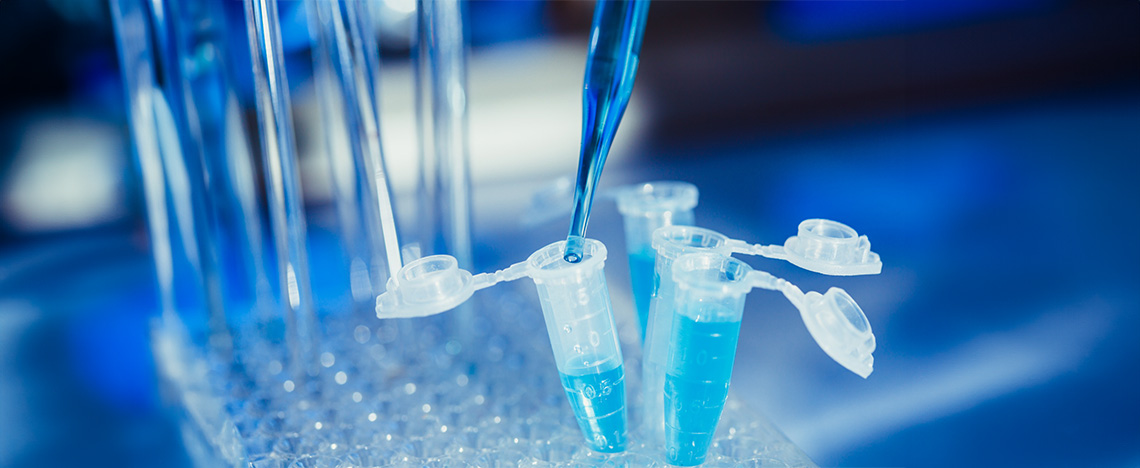Summary of key points:
Introduction
Transfection and magnetofection are two revolutionary techniques for introducing nucleic acids into cells. They are valuable tools for scientific research and pave the way for new therapeutic applications. This article explores the latest advances in these fields, focusing on the techniques, applications, and advantages of each method.
Transfection
Definition: Transfection refers to the process of introducing DNA or RNA into eukaryotic cells. This technique is essential for various applications, from basic research in cell biology to gene therapy.
Physical Transfection Methods
- Electroporation: Application of an electric field to create transient pores in the cell membrane, allowing DNA entry.
- Lipofection: Use of liposomes, small lipid vesicles, to encapsulate and transport DNA into cells.
- Microinjection: Direct injection of DNA into the cell nucleus using a micropipette.
Chemical Transfection Methods
- Cationic agents: Positively charged molecules that bind to DNA and transport it across the cell membrane.
- Liposome-DNA complexes: Complexes formed between lipids and DNA, allowing efficient and less toxic transfection
- Dendrimers: Branched, positively charged molecules that can complex with DNA and facilitate its entry into cells.
Advantages:
- High efficiency: Widely used and effective for many cell types.
- Variety of methods: Offers a wide range of techniques to meet specific needs
Limitations:
- Toxicity: Some methods can be toxic to cells.
- Complexity: Implementing some techniques can be complex.
Magnetofection
Definition: Magnetofection is a promising technique that uses magnetic nanoparticles to complex DNA and transport it to cells under the influence of an external magnetic field.
Magnetofection Mechanism
- Magnetic DNA complexes: Association of DNA with magnetic nanoparticles, forming magnetic DNA complexes.
- Magnetic field: Application of an external magnetic field to attract magnetic DNA complexes to target cells.
Advantages:
- Less toxic: Reduces side effects compared to traditional transfection methods.
- Simpler to use: Simpler and easier procedure to implement.
- Fewer side effects: Better biocompatibility and less cell damage.
Applications of Magnetofection
- Gene therapy: Treatment of genetic diseases by correcting genetic defects at the cellular level.
- Vaccination: Administration of DNA-based vaccines to stimulate a protective immune response.
- Stem cell transfection: Genetic modification of stem cells for tissue regeneration and transplantation.
Limitations:
- Efficiency: The efficiency of magnetofection may be lower than that of transfection for some cell types.
- Cost: Magnetic nanoparticles can be expensive.
Comparison of Transfection and Magnetofection
The choice between transfection and magnetofection depends on several factors, such as cell type, application, and available resources.
Comparison table:
| Criteria | Transfection | Magnetofection |
| Efficiency | High | Variable |
| Toxicity | Variable | Low |
| Complexity | Variable | Low |
| Cost | Variable | High |
Conclusion
Transfection and magnetofection are rapidly developing technologies with immense potential for research and medicine. Transfection offers high efficiency and a variety of methods, while magnetofection stands out for its low toxicity and ease of use. The choice of the optimal method will depend on the specific application and the researcher's needs.
